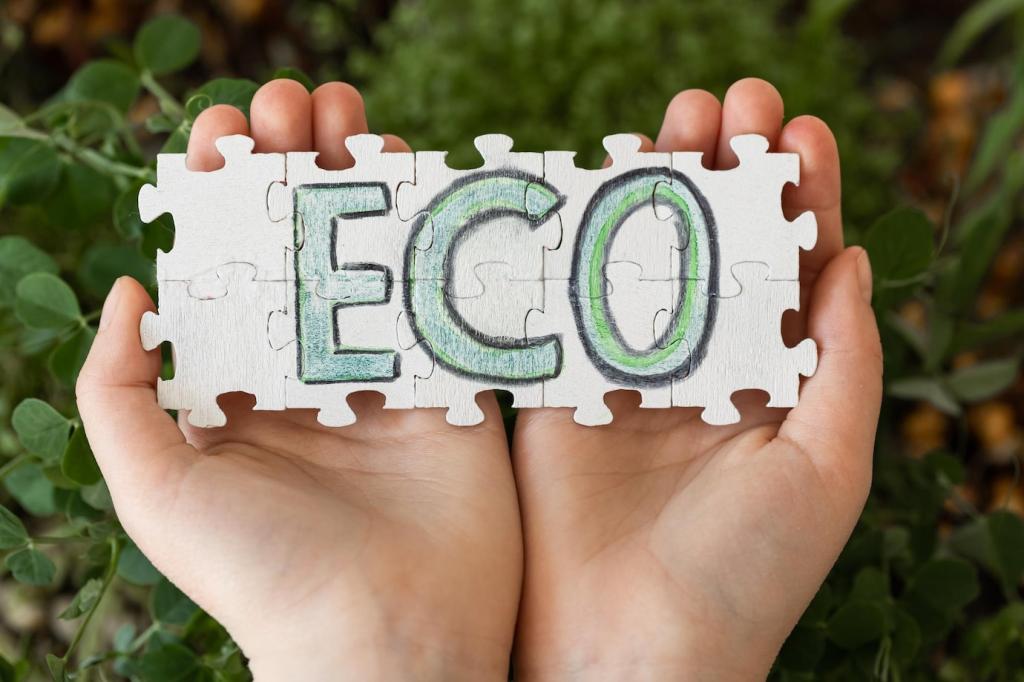Biodegradable Fabrics in Interior Design: Beauty That Returns to the Earth
Today’s chosen theme: Biodegradable Fabrics in Interior Design. Step into a home that feels alive, breathes easily, and leaves nothing harmful behind. Explore practical ideas, real stories, and thoughtful materials—and subscribe to keep learning with our eco-minded community.
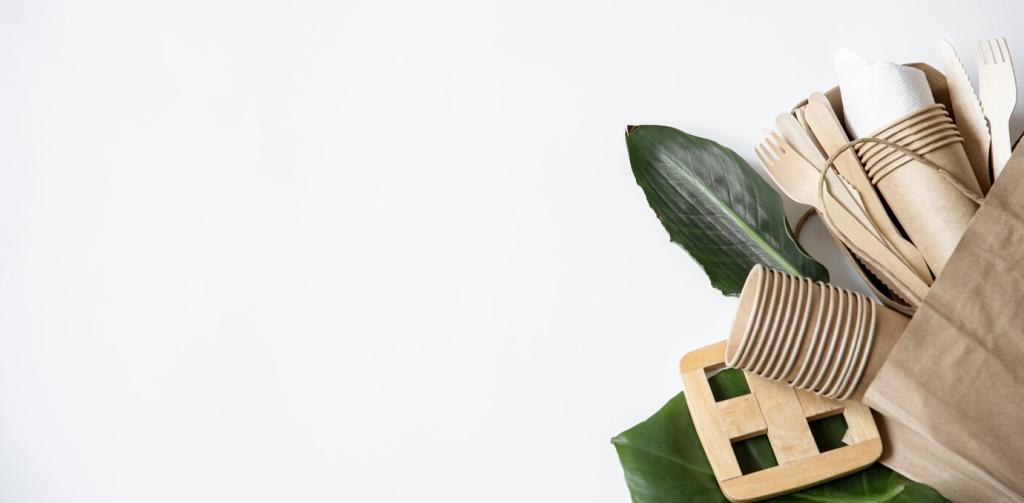
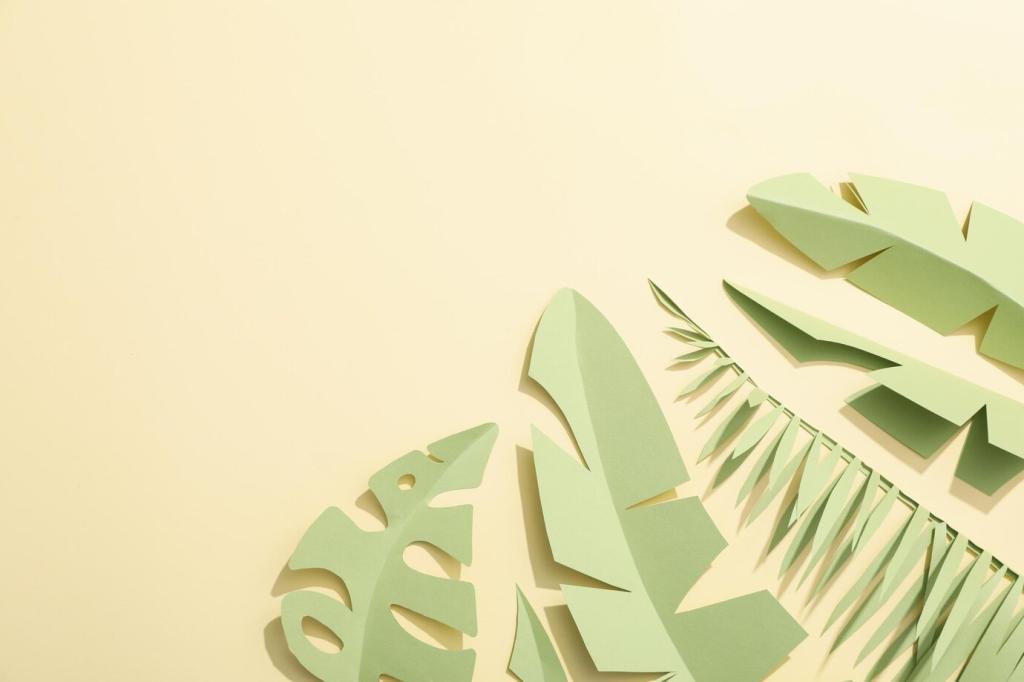
Material Guide: From Linen to Lyocell
Dense linen and hemp bring breathability, strength, and a graceful patina. They resist pilling, regulate humidity, and look timeless in neutral or earthy hues. For longevity, specify heavier weights for seating, and avoid acrylic-backed versions. Tell us your favorite linen textures and we’ll feature reader picks.
Wool’s natural flame resistance and acoustic softness make it ideal for throws, panels, and felted cushions. Jute adds earthy texture to rugs and baskets. Choose natural latex-backed rugs and avoid synthetic binders. Protect wool from moths thoughtfully, and share your preventative tips with our community.
Lyocell’s closed-loop solvent process and silky hand feel suit curtains, bedding, and slipcovers. It biodegrades in soil and marine environments under proper conditions. Prefer lyocell over generic viscose, confirm pulp sourcing, and look for TENCEL-branded options for added supply chain transparency.
Designing for End-of-Life from Day One
Embrace removable covers with ties, buttons, or zippers, avoiding glues that contaminate composting streams. Use matching natural-fiber threads and labels for mono-material simplicity. This approach makes cleaning, repair, and eventual recycling vastly easier—plus it invites seasonal refreshes without waste.
Designing for End-of-Life from Day One
Keep fabric, thread, interlinings, and trims within the same fiber family where possible. Cotton with cotton, wool with wool, linen with linen. Design cushions with envelope closures, and choose natural batting like wool or cotton so every layer follows the same end-of-life pathway.
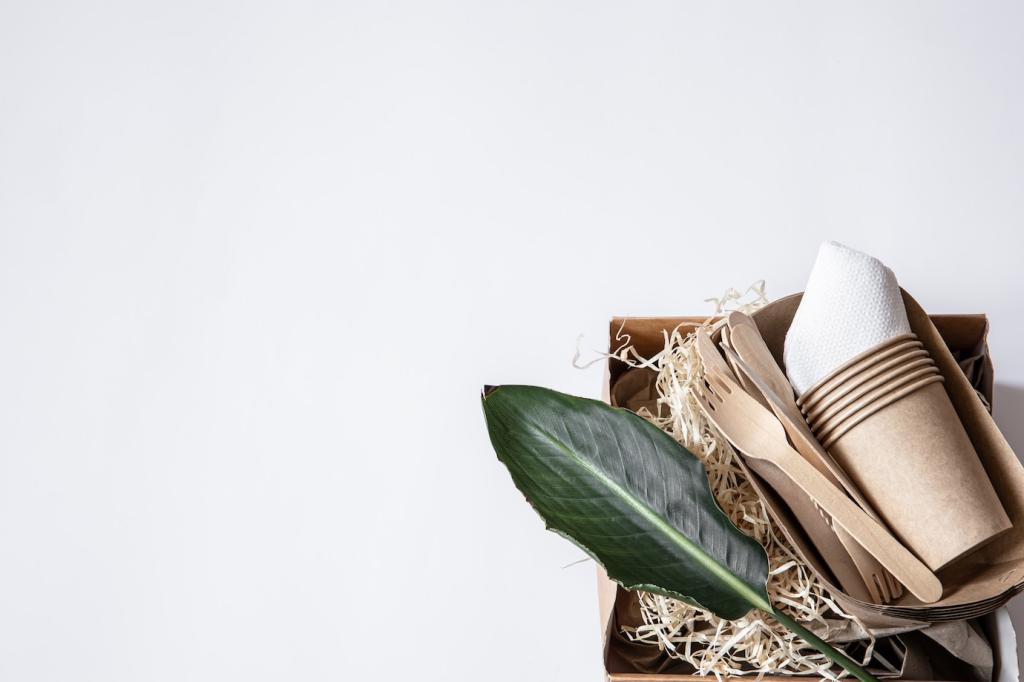

Color the Natural Way
Indigo, madder, walnut, and cochineal create soulful tones with character, especially on linen and cotton. Favor tannin-rich pretreatments, avoid heavy-metal mordants, and accept slight variations as beauty. Curious about DIY dyeing? Comment with your fabric type, and we’ll suggest starter recipes.
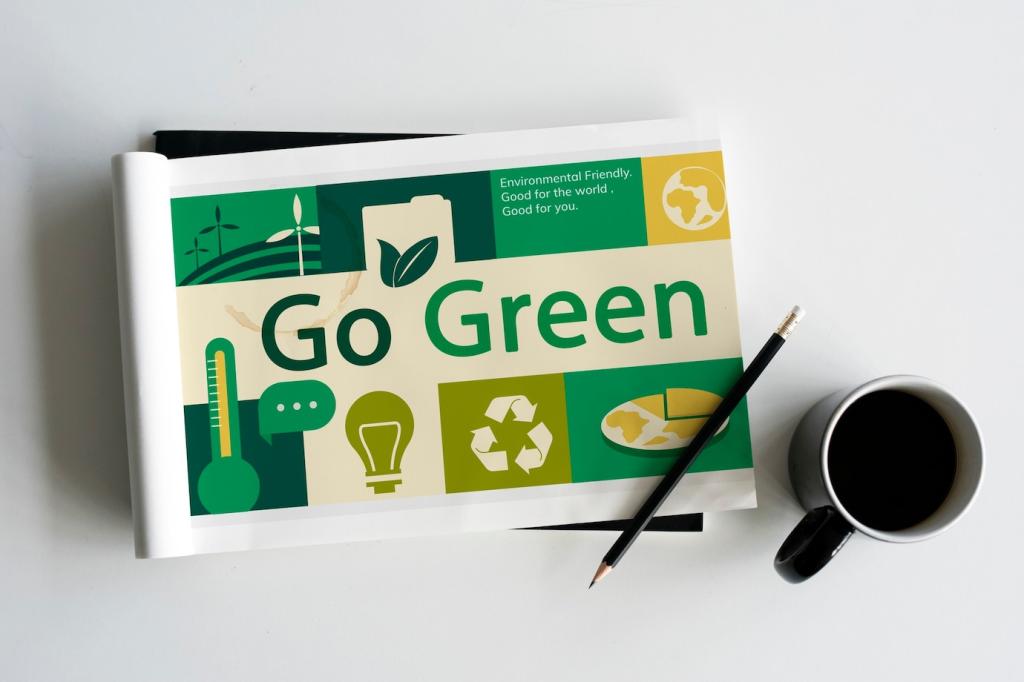
Care That Extends Life and Lowers Impact
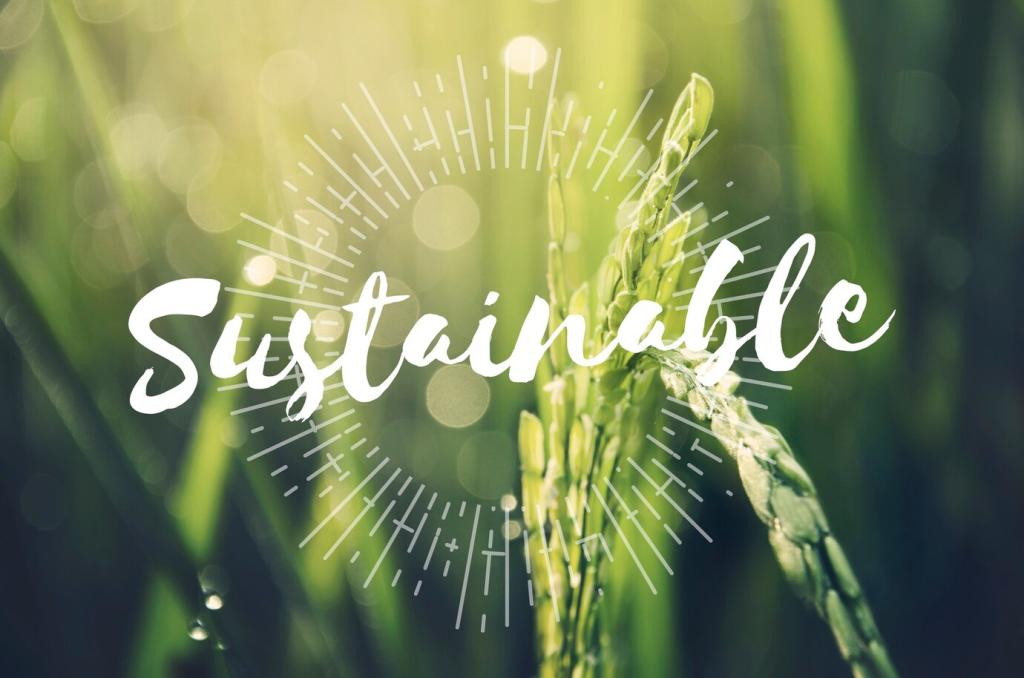
Washing, Spot Care, and Detergents
Use cool water, pH-neutral soaps, and short cycles for washable covers. Blot stains quickly with water, then mild soap; avoid chlorine bleach. Air-dry when possible, reshaping while damp to prevent wrinkles and fiber stress. Share your stain victories and we’ll compile reader-tested methods.
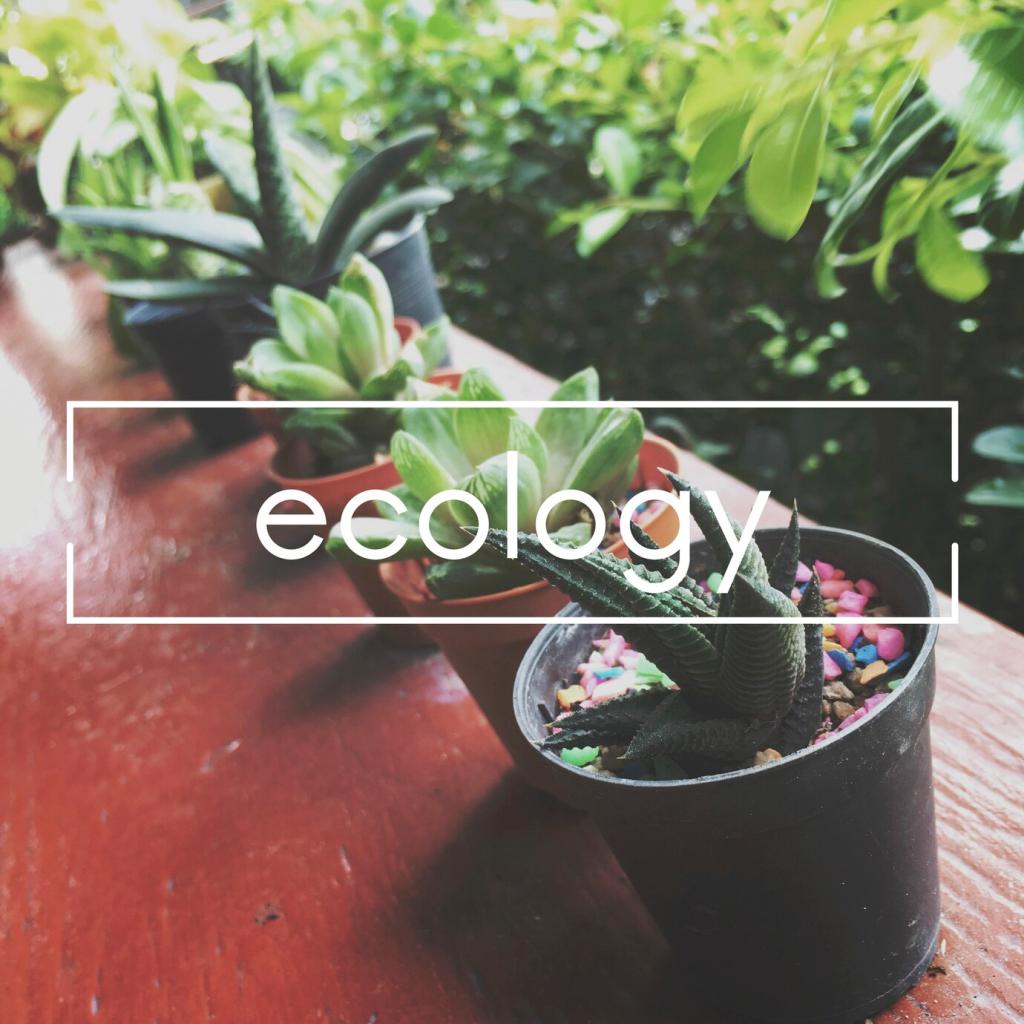
Moisture, Airflow, and Pest Prevention
Keep humidity balanced to deter mold and premature fiber breakdown. Refresh wool with sunlight and airflow, store seasonally with cedar or airtight bags, and vacuum rugs regularly. Have a moth-proofing ritual that works? Tell us and help fellow readers protect natural fibers.
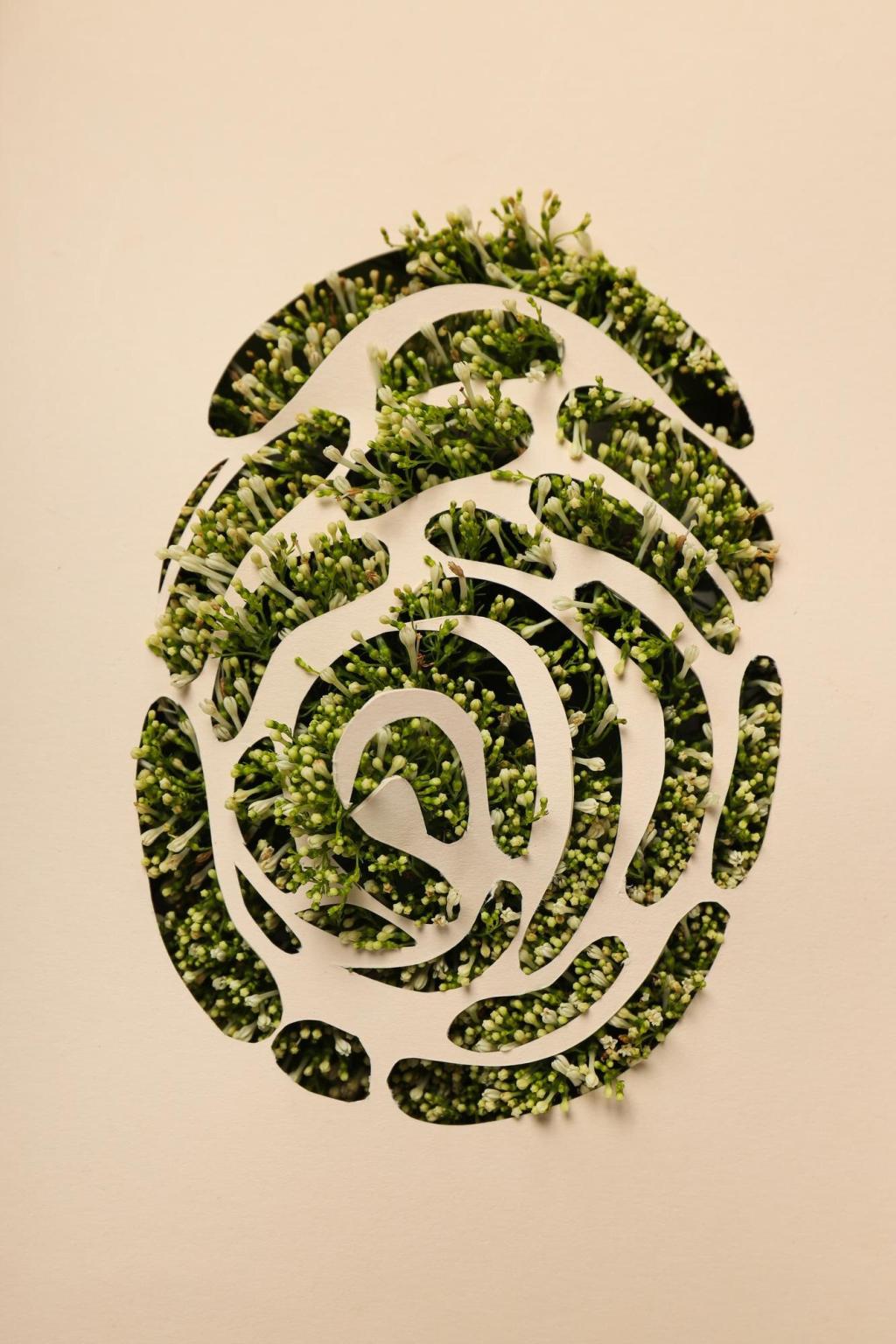
Pro-Level Touch-Ups at Home
A fabric shaver rescues pilled areas, a soft brush revives nap, and steam relaxes creases without harsh chemicals. Test any product on scraps or hidden seams first. Want a quick-care checklist? Subscribe and we’ll send our printable routine for biodegradable textiles.
Questions to Ask Every Supplier
What is the fiber content, finishing chemistry, and backing? Which threads and adhesives were used? Is the dye process low-impact? Request test reports or certifications, and keep a notes file for each fabric. Comment with tricky terms you encounter, and we’ll decode them together.
Certifications and Traceable Pulp
Look for GOTS on cotton and linen processing, FSC-certified pulp for lyocell, and OEKO-TEX MADE IN GREEN for supply chain transparency. Cradle to Cradle can signal circular thinking. Certifications are a start—insist on process details that match your end-of-life goals.
Local Makers and Circular Programs
Partner with upholstery studios that repair, restuff, and design for disassembly. Seek rug brands using natural latex backings and take-back initiatives. Ask your municipality about textile composting pilots. Share your favorite local maker so readers in your city can connect.
